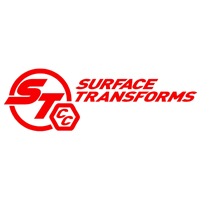What are ceramic and organic brake pads?
Ceramic brake pads
Ceramic plates and pottery are made of a type of ceramic that is quite similar to the material used to manufacture ceramic brake pads. However, ceramic brake pad material is far more dense and durable. Fine copper fibers are also included in ceramic brake pads to help enhance their heat conductivity and friction.
Due to their many advantages over conventional organic brake pads, ceramic brake pads are a preferred option among automakers and car owners. Ceramic, the material used to make these pads, is heat, wear, and dust resistant. They are therefore perfect for heavy-duty applications and high-performance vehicles.
Surface Transforms plc (LON:SCE) is a manufacturer of next-generation carbon-ceramic brake discs for automotive and aircraft applications and has been certified to IS9001-2000 since 2008 and was certified to TS16949 automotive quality accreditation and AS9100C aerospace quality accreditation in 2015.


